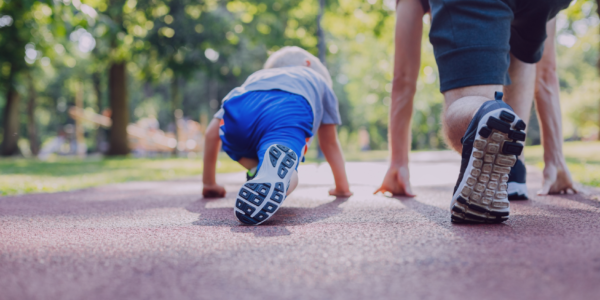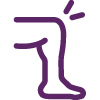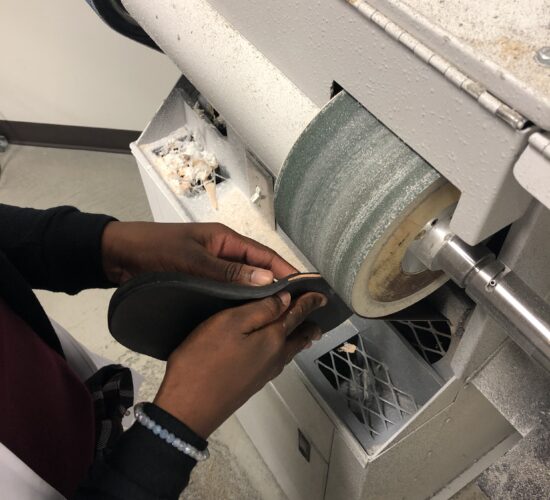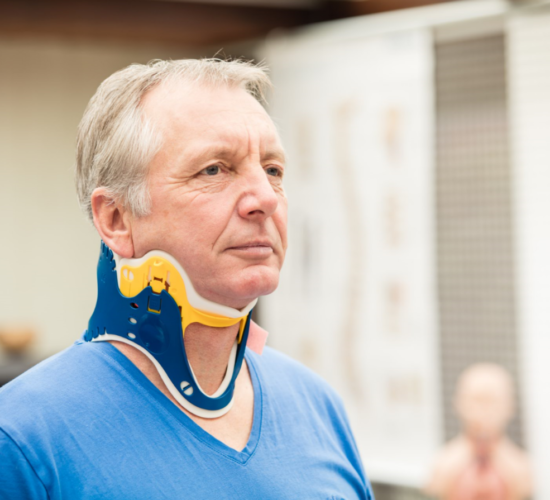What are the different types of foot orthotics?
The type of foot orthosis you need is the one that best suits your lifestyle. The orthotist is the ideal specialist to recommend an orthotic based on your lifestyle, your pathologies, and your general assessment.
To meet these many needs, the market offers you various types of foot orthotics: flexible, cushioned, flexible, lightweight, etc. The diversity of the materials they are made of, such as leather, foam, or thermoplastic, gives them different indications:
- For everyday life: People who work standing up or are active reap many benefits from these foot orthotics. Health professionals, office workers, or sports therapists are some examples of the clientele that benefit from them.
- For athletes: Manufactured to allow optimal muscle activation and healthy alignment: the sports foot orthosis is specially designed for active people who want to increase their performance and minimize the risk of injury.
- For diabetics: The flexible and absorbent materials of this type of plantar orthosis help distribute pressure on the plantar surface. They are perfect for people suffering from diabetes or osteoarthritis.
- For the kids: In order to follow the growth of the child, these orthoses have a high elasticity. Orthotists recommend them to correct various biomechanical deficiencies from early childhood.
What are the daily benefits of foot orthotics?
A plantar orthosis acts in order to alleviate pain, biomechanical imbalances, or even to prevent them. They are designed to give you ease in your everyday mobility. Here are some of these daily benefits, which contribute to improving the quality of life of people who wear foot orthotics.
Adapting the foot to the terrain
Slippery, sloping, uneven, rocky, hard: the surfaces on which we walk or do our activities – such as working or playing sports – present more than one obstacle to our feet. Jumping, running, or simply walking on them is so intuitive for humans that we take for granted the substantial energy our lower limbs put into keeping them mobile and balanced.
Naturally, the body adapts to the terrain, thanks to the pressure points under the foot. These are often disturbed in a way that the weight load is not properly distributed. Over time, this imbalance leads to injuries: from blisters to plantar fasciitis to fatigue fractures.
Here is where the plantar orthosis comes to the rescue: it favorably redistributes the load of the pressure points under the foot to support the foot during activities. Body movements, posture, and muscle performance are optimized, playing a major role in the prevention of several types of foot and lower limb pathology.
Correcting your posture
Following the biomechanical evaluation, your orthotist may recommend that you wear a foot orthosis to correct targeted postural imbalances. In this context, the plantar orthosis plays a corrective role: it initiates a biomechanical realignment, allowing the muscle and joint tissues of the entire body to move better. This is followed by the natural correction of your posture and the continuous prevention of false movements.
Relieving pain
In many cases, foot orthotics relieve pain in the feet, and the surrounding tissues and joints. The different types of pain are mostly caused by repeated loading on tissues designed to receive a lesser load (both in terms of frequency and weight).
For example, wearing shoes that are too narrow compresses the medial bones of the foot (metatarsals), as well as the muscle and ligament tissue between them. This constant, everyday pressure – combined with friction between the structures – often causes micro-tears, inflammation, and substantial pain. This phenomenon is called metatarsalgia: one of the clinical reasons orthotists recommend foot orthotics.
Other examples of painful foot and lower limb conditions that can be relieved by foot orthotics include the following:










